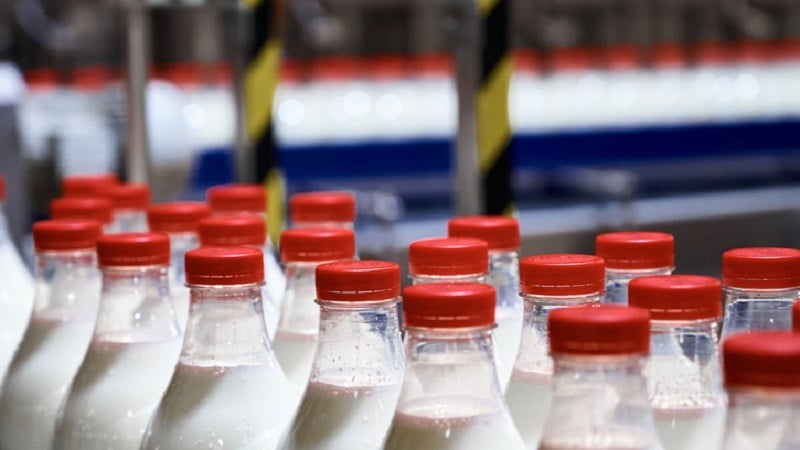Recent policy announcements in China highlight new government efforts to raise birth rates. For investors, this suggests an improving outlook among dairy and infant formula companies that have sales in China, according to Goldman Sachs Research. It also creates a positive storyline for companies outside Asia that make ingredients for infant nutrition. The policy developments include a March 13 announcement by leaders in Hohhot, Inner Mongolia’s capital, of child-raising subsidies. The city will offer a one-time payment of RMB 10,000 ($1,383) to help support a family’s first child; provide RMB 10,000 per year up to age five for a second child, for a total of RMB 50,000; and will grant a subsidy of RMB 10,000 per year for 10 years for a third child or additional children. The announced subsidies in Hohhot also included a plan to provide milk to parents for one year after a child is born, through coupons for dairy products worth RMB 3,000. “Hohhot’s initiatives resonate with the government’s recent policy direction,” Goldman Sachs Research analyst Leaf Liu and her colleagues write in a report. How is China attempting to increase birth rates? A few days after Hohhot’s announcement, China’s government unveiled a special action plan that signaled the potential for more childcare subsidies nationwide. The plan reinforced policies to promote consumption that emerged from the annual plenary sessions of the National People’s Congress and the Chinese People’s Political Consultative Conference in Beijing earlier in the month. The subsidies for parents in Hohhot are high compared with similar programs announced in recent years in other Chinese cities, Andrew Tilton, chief Asia Pacific economist and head of Emerging Markets Economic Research, writes in a separate report. The macroeconomic impact will be limited if Hohhot is the only place offering subsidies at that level. Still, Goldman Sachs economists estimate that these types of supports, if implemented nationwide, could add between 0.1 and 0.3 percentage point to annual GDP. Shares of dairy companies that can benefit from these measures in China have risen: A basket of stocks that includes large makers of liquid milk, milk powder, and infant formula rallied more than 7% in just a few days. China’s fertility policy could boost stocks outside China Companies in Europe may also benefit from China’s efforts to boosts birth rates and provide greater support for families with young children, Georgina Fraser, head of the European Chemicals team, writes in a separate report. Policies to increase domestic consumption and enhance citizens’ quality of life could drive more demand for premium and higher-value dairy products. Investors may find opportunities in biotechnology companies that have engineered human milk oligosaccharides (HMOs), a type of carbohydrate that occurs naturally in human breast milk and promotes immune health and gut function. “The commercialization of HMOs is on the back of more favorable regulation,” Fraser writes. By 2030, there may be HMOs in 50% of the infant formula produced worldwide, up from just 5% today, she says in her team’s report. Some European companies make HMOs. Fraser writes that the market for these products could broaden across age groups. “HMOs are increasingly being recognized for supporting immune and gut health for a broader demographic,” Fraser writes. The outlook for demographics in China Births have been falling in China for years, but they rose in 2024. There’s further room for birth rates to rebound, Liu writes. Mothers aged 20 to 24 are estimated to be having children at half the pace they were before the pandemic, and mothers in the 30 to 44 age range have a birth rate notably below levels seen in Japan and South Korea for that age range. As a result, there’s scope for a recovery in birth rates. If policy support for having more children turns out to be significant nationwide, “our population model points to a potential uptick in new births” over the next decade, Liu writes.



